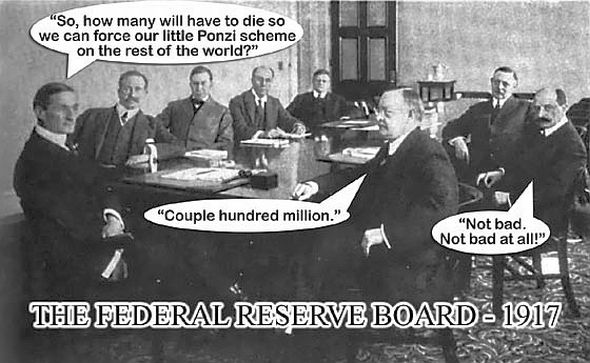Patrick Barron ~ During the years of the Roman Republic, Cato the Elder ended every speech with the phrase “Delanda est Carthago” (Carthage must be destroyed). Rome had fought two wars with Carthage, yet the threat to the Republic remained. Cato saw Carthage as an existential threat and concluded that Rome would not be secure as long as Carthage existed. So fervently did he hold this view that he ended every speech, even about completely different subjects, with the famous phrase. I believe that we Austrians need to adopt a similar phrase to remind the American people that the US faces an existential threat from the machinations of the Federal Reserve Bank. “Delanda est in Susidium Foederatum Bank”…The Federal Reserve Bank must be destroyed. Like Carthage, the Federal Reserve Bank cannot be controlled or restrained. Either it or our republic will survive, but not both. For the sake of our nation, the Fed must be destroyed.

Founding the Fed Instead of Ending Fractional Reserve Banking
The Fed was founded under false economic premises–to prevent bank runs by providing temporary liquidity to banks which found themselves unable to redeem their certificates and demand deposits for cash and/or specie. The real cause of illiquid banks–fractional reserve banking–was never seriously addressed. It was assumed that banks had the legal right to invest their customers’ demand funds in loans and that runs were caused by over indulging in this practice. But as Murray N. Rothbard explain in What Has Government Done to Our Money?, loaning demand funds instantly places the bank in an insolvent position, for it cannot redeem all of its demand accounts for cash or specie. Through the process of lending demand funds, the banks have created fiduciary media out of thin air, reducing their reserve ratio below one hundred percent. If the banks do this on a very modest basis, the public may not be aware of the fraud. However, once the rumor starts that the bank is illiquid, there is a literal “run” to the bank to withdraw demand funds. In such a case, even a bank that only modestly lent its demand funds might find itself unable to honor all withdrawal claims and would be forced to close its doors. Continue reading
